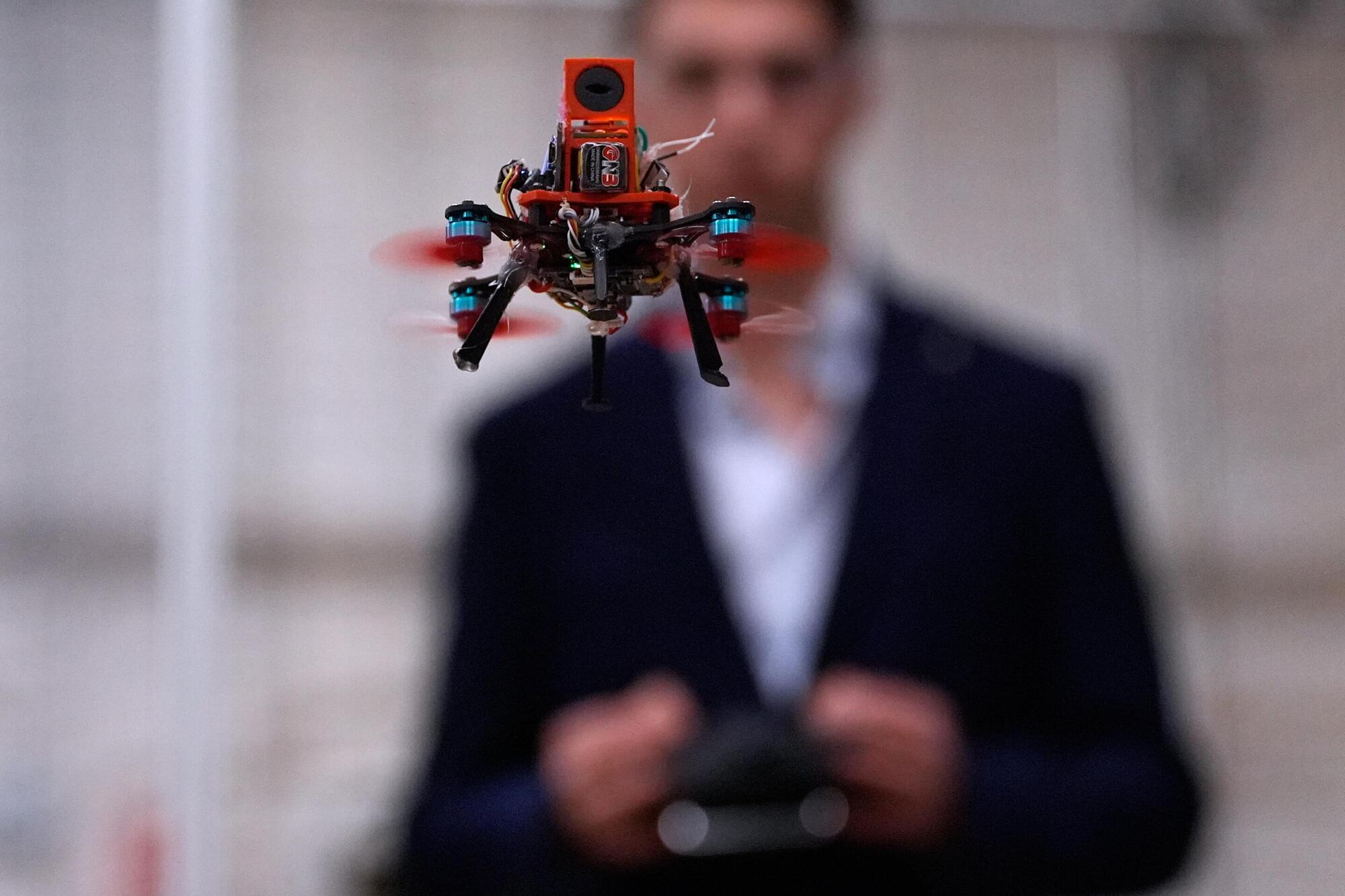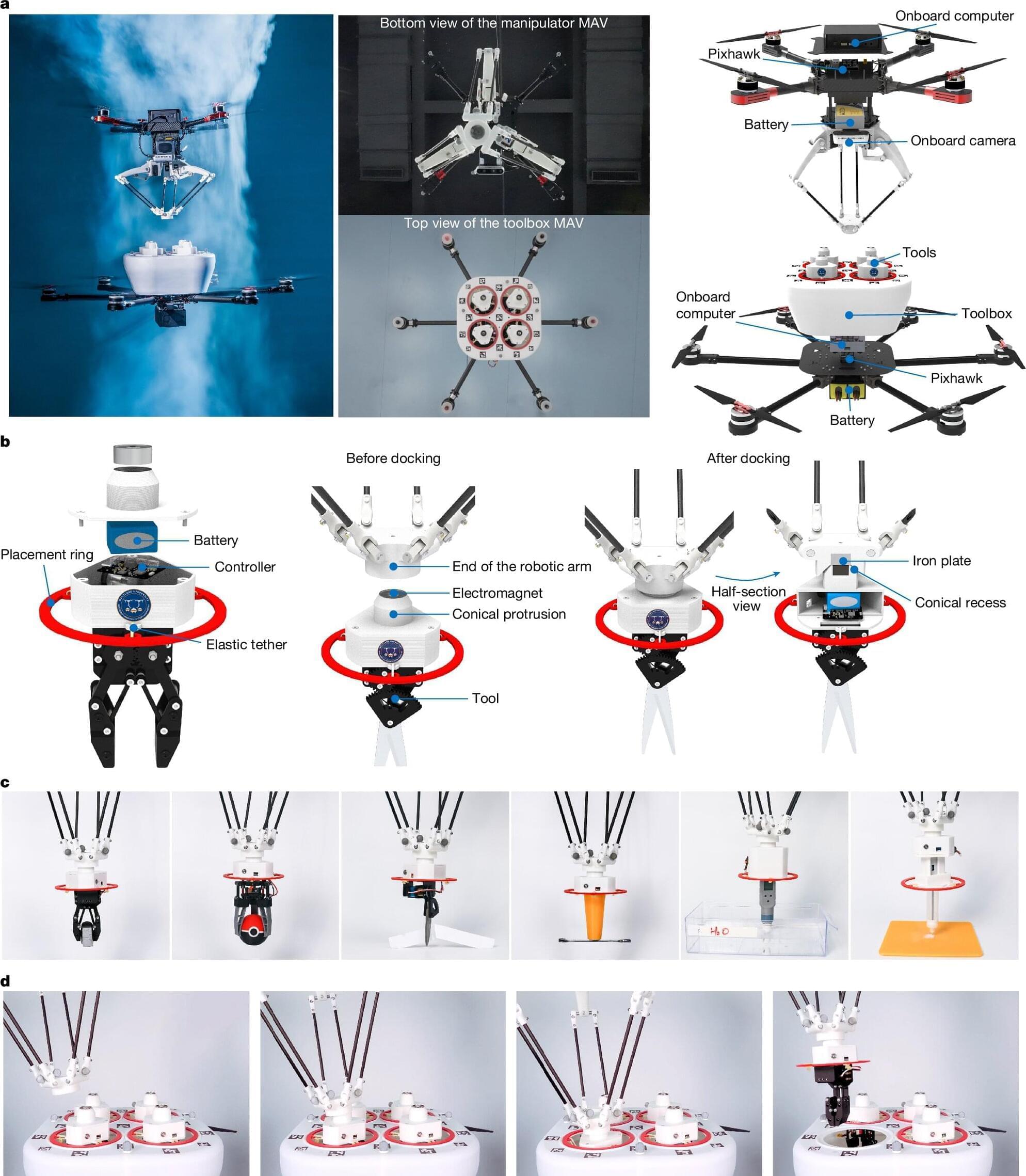Any time you use a device to communicate information—an email, a text message, any data transfer—the information in that transmission crosses the open internet, where it could be intercepted. Such communications are also reliant on internet connectivity, often including wireless signal on either or both ends of a transmission.
But what if two—or 10, or 100, or 1,000—entities could be connected in such a way that they could communicate information without any of those security or connectivity concerns?
That’s the challenge that Alexander DeRieux, a Virginia Tech Ph.D. student and Bradley Fellow in the Bradley Department of Electrical and Computer Engineering, under the advisement of Professor Walid Saad, set out to tackle using quantum entanglement. In short, they used the unique properties of quantum bits, or qubits, as a method of transmitting information.






